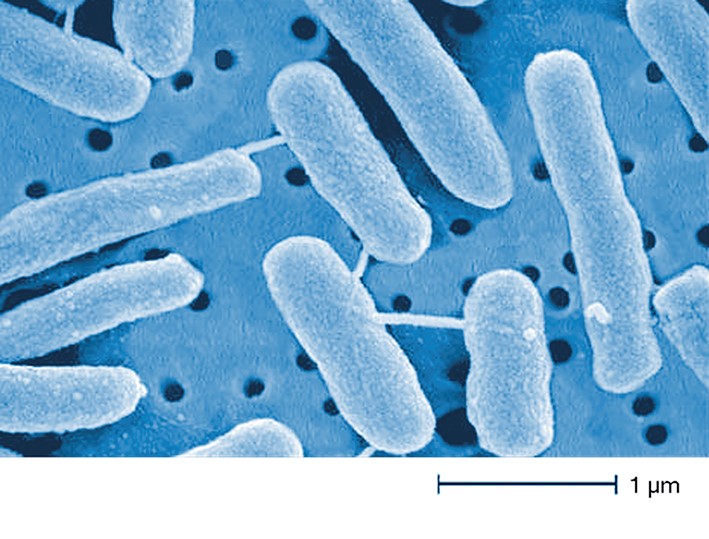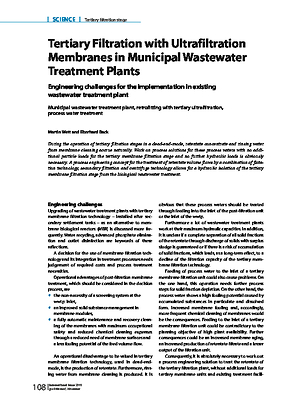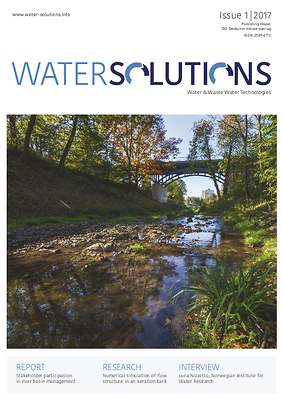Chlorine based disinfection chemicals as well as ozone inactivate microorganisms and pathogens via oxidization, and they also oxidize other organic material that is present in the water. The reaction of the disinfectant with organic matter leads to the building of by-products (DBP), from which the non-volatile substances are mainly likely to be toxic, e.g. by causing cancer, miscarriages or birth defects. To further understand the dependencies between raw water, treatment steps and the formation of DBP, Anna Andersson et al. collected water samples five times in each water work, covering a full year, and applied ultrahigh resolution Fourier transform ion cyclotron resonance mass spectrometry (FT-ICR MS) to detect and identify the DBP.
The research team found common as well as plant specific DBP. Furthermore, the four water works, of which two use river water, one produces water from groundwater and one uses lake water, exhibited clear presence and a large variability of DBPs. A large proportion of 64 – 92% of the assigned chlorinated and brominated molecular formulae were unique, i.e. they were solely found in only one of the four plants. These findings lead to the conclusion, that monitoring strategies for DPB are needed.
The original publication is available here.
Replacing one evil (pathogens) by another: disinfection byproducts
Kategorie: Publications
Thema: Water Solutions
Autor: Jonas Völker
Das könnte Sie auch interessieren:
Passende Firmen zum Thema:
Publikationen
Sie möchten die gwf Wasser + Abwasser testen
Bestellen Sie Ihr kostenloses Probeheft
Überzeugen Sie sich selbst: Gerne senden wir Ihnen die gwf Wasser + Abwasser kostenlos und unverbindlich zur Probe!







